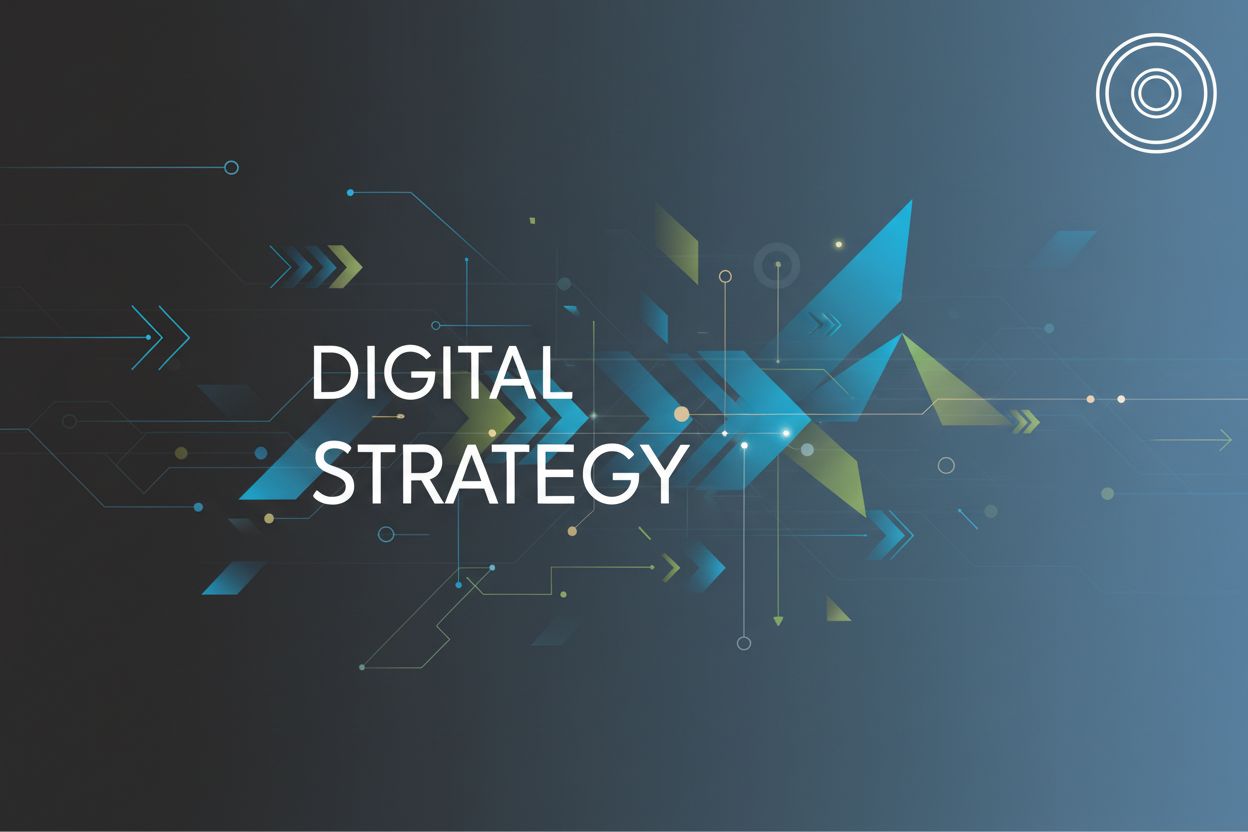Exploring Pay-Per-Call in Digital Marketing
TL;DR
Understanding Pay-Per-Call Marketing
Ever wondered how some companies get you on the phone so fast? Well, pay-per-call marketing might be the answer. It's kinda like digital advertising, but instead of clicks, you're paying for actual phone calls.
Here's the deal:
- It is where advertisers pay only when a phone call is generated from their marketing efforts. Forget paying for clicks that don't convert.
- Differs quite a bit from traditional lead generation. Traditional methods often involve things like filling out forms on a website or signing up for an email list, which give you contact info but not necessarily immediate intent. Instead of just capturing a name and email, with pay-per-call, you're getting a direct line to a potential customer, which, honestly, is kinda gold.
- Phone calls still play a crucial role in the customer journey, especially for high-value products or services. (The Significance of Phone Calls for Successful CX - Cyara) Some people just want to talk to a real person, you know? This is super important for things like buying a car, discussing complex financial services, or even booking a high-end vacation.
This approach is particularly effective in industries like healthcare, where a quick phone consultation can make all the difference.
Benefits of Pay-Per-Call for Digital Transformation
Did you know that pay-per-call can seriously level-up your digital game? It's not just about getting leads; it's about transforming how you do business online. Think of it as upgrading from dial-up to fiber optic, but for your marketing. As pay-per-call becomes more integrated into broader digital strategies, it’s helping businesses evolve their customer engagement and ultimately, their overall digital footprint.
Here's why it's a game-changer:
- Focus on high-intent leads: Forget sifting through piles of mediocre inquiries. Pay-per-call brings in people who are ready to talk now. (Pay-Per-Call: 14 Common Questions Answered - Invoca) For instance, a potential customer calling a law firm is way more valuable than someone just browsing their website.
- Real-time lead verification: No more wondering if that form submission is legit. You know instantly if a call is the real deal. This is super helpful for industries like home security, where a quick conversation can determine if someone's seriously considering a system.
- Better conversion rates: because you're connecting directly with prospects, the chances of turning them into customers skyrocket. It's like having a concierge service for your marketing.
Pay-per-call isn't just a marketing tactic; it's a strategic shift. Now, let's talk about how you can actually measure the ROI of these campaigns.
Implementing a Pay-Per-Call Strategy
Alright, so you're diving into pay-per-call? Cool, but just slapping up some ads and hoping for the best ain't gonna cut it. You need a plan, a strategy, something, anything...
- First thing, know who you're talkin' to. This is like, marketing 101, right? But seriously, you gotta nail down your ideal customer. Like, if you're selling insurance, are you after young families or retirees? Makes a huge difference in how you pitch 'em.
- Pick the right network. In this context, a 'network' usually refers to an affiliate network or a specialized pay-per-call platform. These platforms connect advertisers with publishers (who drive the calls) and handle the tracking and payment infrastructure. Look for one with a good rep, decent tracking, and, tbh, one that actually pays on time, which is honestly asking for a lot in this industry.
- Craft killer calls-to-action. "Call Now!" is...fine, I guess. But how about something that actually grabs attention? Like, "Get a Free Consultation in 5 Minutes!" or "Speak to a Specialist Now – Limited Spots Available!" You get the idea.
- Don't forget analytics. You're gonna want to keep an eye on whats working and what isnt. Good tracking means understanding call duration, caller location, and even what keywords or ads drove the call. This helps you see which efforts are actually bringing in valuable leads.
So, got all that? Now, let's see how you can actually measure the ROI of these campaigns, because that's what really matters, isn't it?
Integrating Pay-Per-Call with Other Digital Channels
Okay, so you're probably thinking, "Pay-per-call AND other channels? How does that even WORK?" Turns out, pretty darn well!
- Think ppc ads driving calls directly – optimize those keywords specifically for folks ready to pick up the phone. For example, instead of just bidding on "plumbing services," you'd bid on "emergency plumber near me" or "24/7 plumbing repair." You can also use call extensions in your ads, making it super easy for mobile users to tap and call. Consider dedicated landing pages that highlight your phone number prominently and offer a clear incentive to call.
- Social media ads? Slap a click-to-call button right there. Easy peasy. Beyond just the button, you can run targeted campaigns encouraging users to call for special offers or consultations.
- Don't forget lead nurturing on social – build trust, then ask for the call. This could involve sharing helpful content, running Q&A sessions, and then subtly guiding interested followers towards a phone conversation for more personalized assistance.
Measuring and Optimizing Your Pay-Per-Call Campaigns
Alright, so you're tracking everything, right? But what do you do with all that juicy data, anyway? Turns out, a lot!
- Call Volume & Duration: Are calls too short? Maybe the leads aren't qualified. Too long? Reps might need better training - just saying.
- Lead Qualification Rate: What % of calls are actually worth anything? Track this weekly. if it's dipping, something's wrong.
- ROAS: This is the big one. Are you actually making money? While Return on Ad Spend (ROAS) is a critical metric for understanding profitability, it's not the only thing that matters. You also want to look at things like your Cost Per Acquisition (CPA) – how much it costs to get a paying customer – and the quality of the leads themselves. A holistic view gives you the full picture.
Now, let's talk about tweaking things to get even better...
The Future of Pay-Per-Call
Pay-per-call is cool now, but what's next? Well, get ready for some changes, because it's not staying the same, that's for sure.
- ai-powered call analytics will be huge. I mean, imagine knowing exactly why someone called and what they were hoping to get? This means ai can analyze call recordings to identify customer sentiment, common questions, and even the effectiveness of your sales pitches. Advertisers can use this to refine their ad copy, improve agent training, and better understand customer needs.
- Voice search integration is gonna blow up. Think about it: "Okay Google, call a plumber." Boom, instant lead. As voice assistants become more common, optimizing for voice search queries will be key to capturing these direct calls.
- Personalized call experiences are where it's at. No more generic scripts; it's all about tailoring the call to the individual's needs. This ties into ai, where systems can help route calls to the most appropriate agent or provide agents with real-time information about the caller.
So yeah, the future's looking bright for pay-per-call, and it's gonna be interesting to see where it goes!




